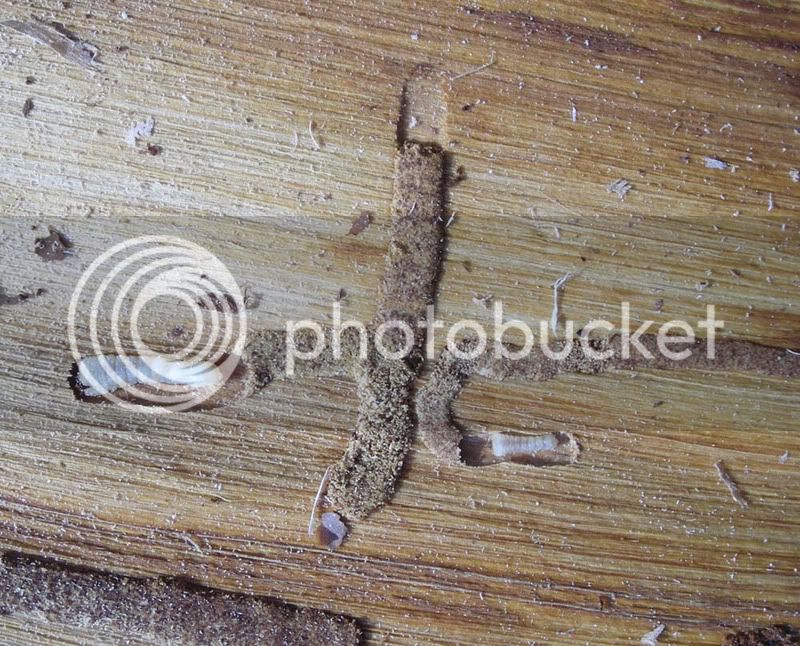Brmorgan
Addicted to ArboristSite
- Joined
- Apr 22, 2008
- Messages
- 3,248
- Reaction score
- 348
I cut up a doug fir log that was a leaner. It was fun watching how far the boards would spring up off of the cant as the band finished the cut. Even dingged up my blade guard a couple of times.
The boards will be used as "shorts" only.
I am going to cut up a couple of leaner trees in the next week or so. The owner wants to see if we can use them as beams......I have my doubts.
Kevin
The sawmill that my dad (and I as a student) used to work at has a curve saw on the small log line that can follow the bend in crooked trees, and cut boards consistently parallel with the pith. Then, once the boards are through the kiln at high-temperature and the lignin sets, they stay pretty straight. It's actually an amazing thing to watch, you'd never think you could get anything but firewood out of some of the logs.
Last edited:





